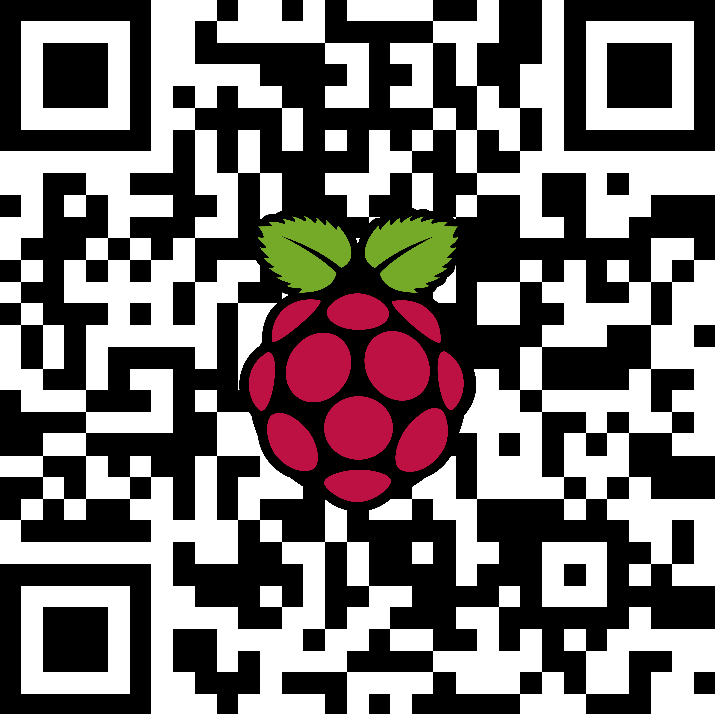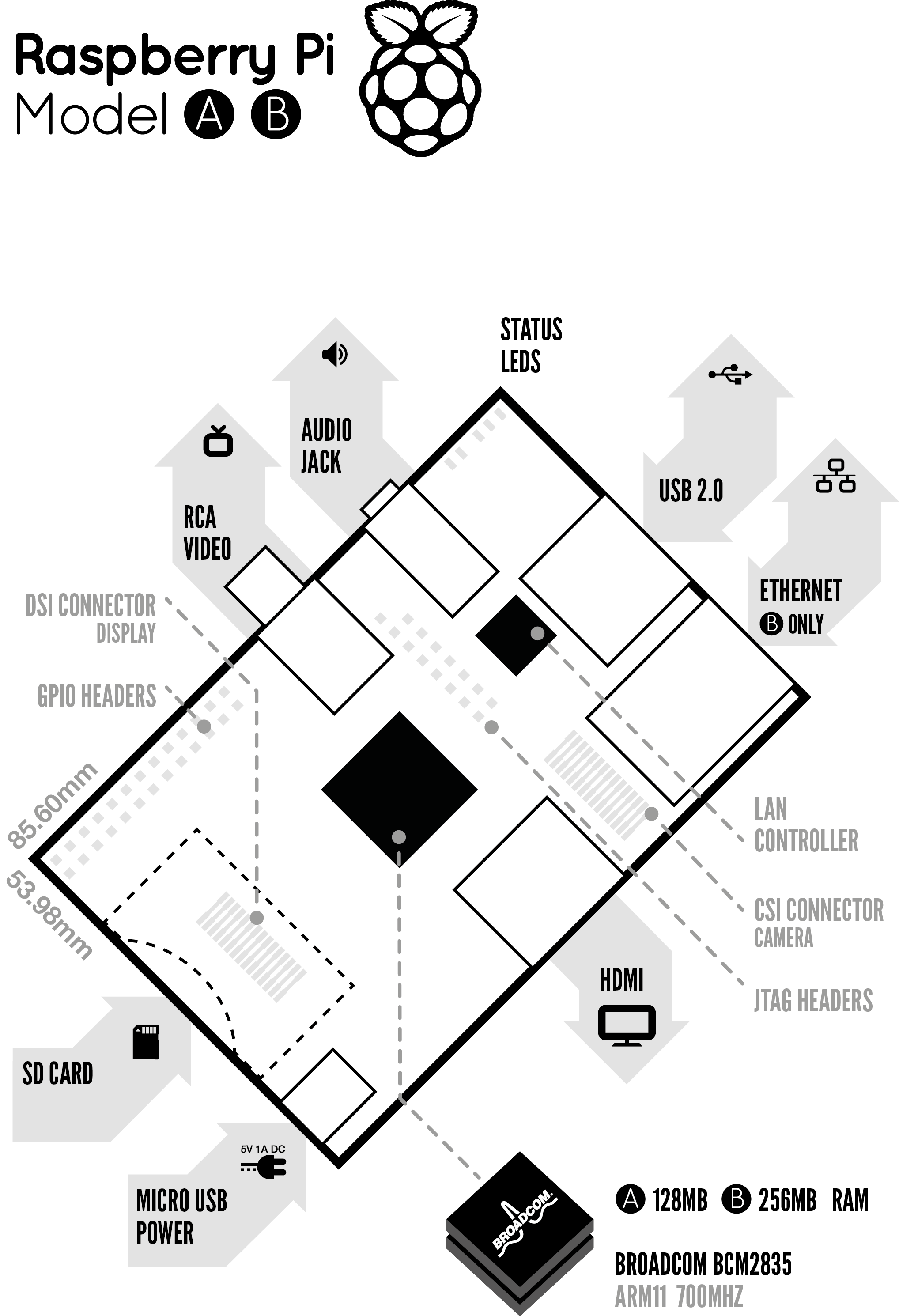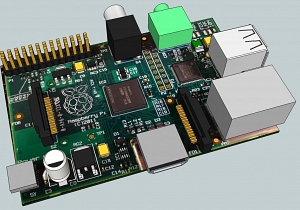Device to silence incessant talkers created by Japanese scientists was published in The Telegraph and is recounted in full here as it is simply too much fun to contemplate what uses this could be put to. Staff Meetings? Overcrowded classrooms? Conversations with a Spouse? In a Car? In a Bar? (nod to Dr. Seuss anniversary this week).
What is it? A device that silences incessant talkers or mutes people who talk too loudly that has been created by Japanese scientists.

Dubbed the SpeechJammer, the prototype device takes advantage of psychologists’ discovery that it is virtually impossible to speak when your own words are being played back to you with a delay of a fraction of a second.
The gadget has been devised by Kazutaka Kurihara, a researcher at the National Institute of Advanced Industrial Science and Technology, and Koji Tsukada, a professor at Ochanomizu University in Tokyo, and is remarkably simple.
The hand-held device consists of a microphone that is pointed at the speaker and records that person’s voice. It then transfers the sounds to a speaker and replays them back in the same direction with a delay of about 0.2 seconds.
The microphone and speaker are directional so the device can be aimed at a speaker from a distance, like a gun.
"The system can disturb remote people’s speech without any physical comfort," the scientists said in a paper reported in the MIT Technology Review.
Their tests also uncovered some unexpected findings, such as that the gun is more effective when the delay varies in time. It also works better when the speaker is reading aloud rather than giving a spontaneous monologue.
Their research also revealed that it has no effect on meaningless sound sequences, such as "aaaargh."
Kurihara and Tsukada have not spelled out the commercial potential for their invention, but did list some possible applications.
They said it could be used to maintain silence in public libraries and to "facilitate discussion" in group meetings.
"We have to establish and obey rules for proper turn-taking when speaking," they said. "There are still many cases in which the negative aspects of speech become a barrier to the peaceful resolution of conflicts."





